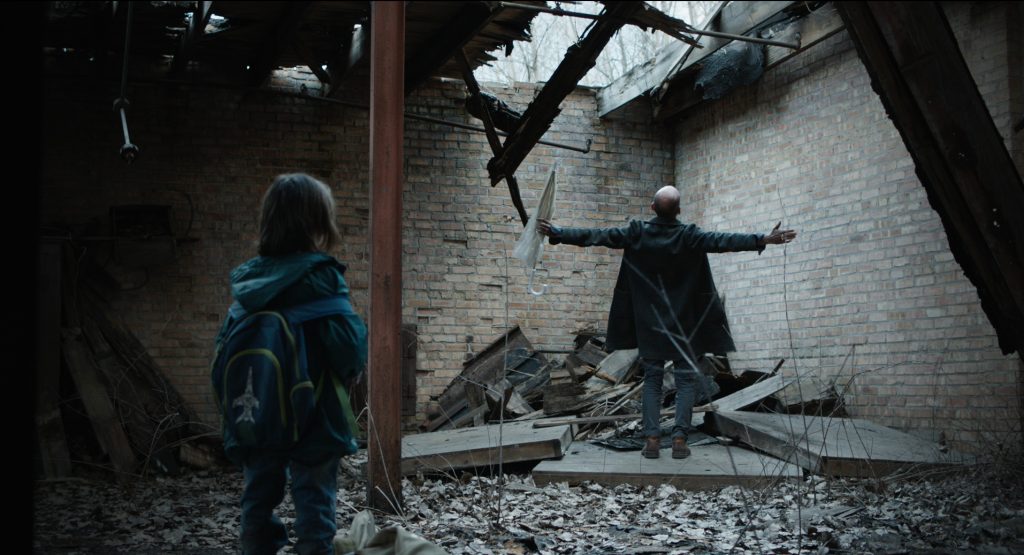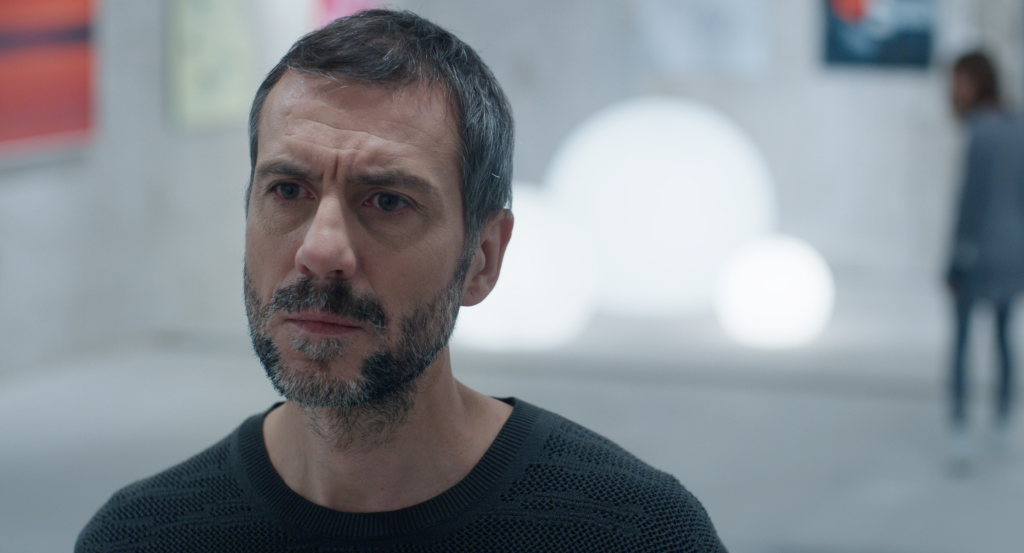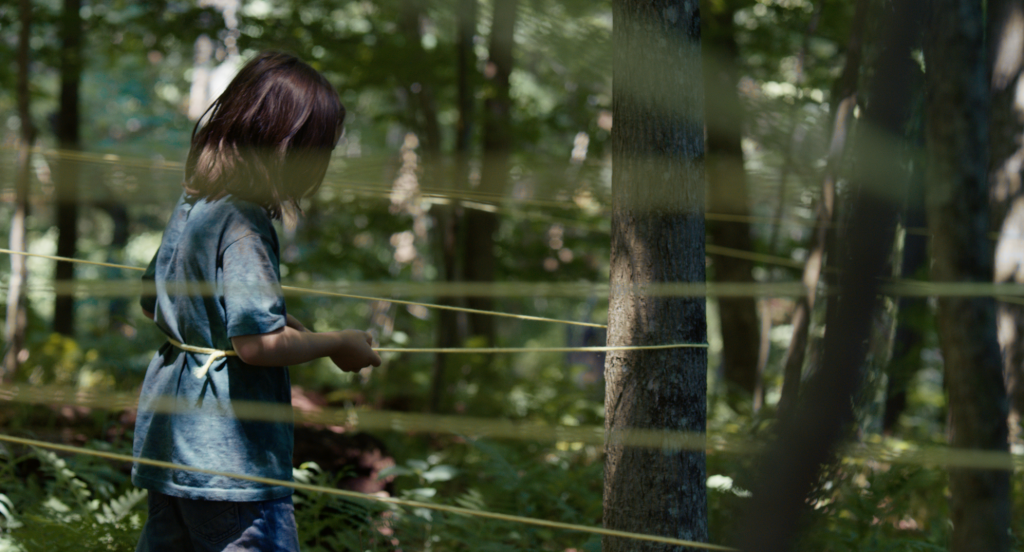Claire Carré’s feature-length directing debut, the science fiction film Embers, is a snapshot of a future where an illness has wiped out the majority of human memory. Set in the not-too-distant future, those who populate Carré’s film can remember how to ride bicycles, how to speak, how to read, but cannot recall either their own names nor the faces of those they love.
The scope of the story is fairly narrow – only a handful of people are fleshed out as characters. There are no shots of masses of fleeing people, none of the iconographic panic of an “apocalyptic” situation. In fact - perhaps because the devastation is psychological – the tone of the film is, for the most part, serene. People without memory are light, un-rooted, un-weighted by the burden of the past on the present. They have been whittled down to their existential bones.
Two people wake up, entangled in one another’s limbs like lovers. They don’t know their own names, and yet there is no terror to this awakening. The abandoned apartment building that the two of them wander through bears none of the material excesses of human life. The rooms with their peeling wallpaper contain no photographs, no mantelpiece trinkets, nothing to reinforce a sense of existence with a past or a present or a future. The emptiness of these now-uninhabited spaces and the omnipresent anonymous piles of junk around the Embers landscape stand in defiance to the way in which spaces remember people – their weight in the floorboards, their photographs on the walls - long after their bodies have left. Carré’s landscape is devoid of signifiers and of ghosts. Its ruins are unromantic. They evoke a hollowness that mirrors the effects of the sickness, rather than a lush re-appropriation of the human landscape by nature.
Two people in Carré’s Embers still have their memories. A father and daughter have been living in a quarantine bunker for almost ten years. The two of them are a future version of Shakespeare’s Prospero and his daughter Miranda from The Tempest, banished from their own world to live in isolation. Carré’s exploration of the great white concrete space where Miranda and her father live is primarily through the use of smooth, panning long shots and close-ups of Miranda - the image of glowing health and cleanliness. This is in stark contrast to the shots of the world outside the bunker, which tend to be disorienting and shot with a hand-held camera. The bunker is all stillness and sleek surfaces. As Miranda stalks gloomily through bright, clinical, heavenly light, her father mourns what he sees as civilisation: abstract paintings, opera, the cello, poetry. He sees it as his responsibility to maintain ‘high’ culture in the face of a society that can’t remember why it would matter. The bunker they inhabit is a tomb for bourgeois art.
In one unnamed man in Embers, the loss of memory triggers only pure, animalistic violence. This man destroys everything he encounters: throwing chairs against walls, smashing windows, attempting to rape a woman who is scrounging for food. One night he himself is attacked and raped. The next day he weeps and stumbles around in pain, only to find glee, as suddenly as a child, in throwing rocks at a passerby. This man’s compulsion for destruction, for absolute annihilation, is thus presented as a kind of anarchic sadness: rootless, without memory for its cause, corrosive, convulsive.
Like all good science fiction, Claire Carré’s Embers transcends its genre. It does not bask in its temporality nor its teleology, rather, it renders fragments of experience visceral and haunting without weighing itself down with plot drive and resolution. Carré’s Prospero, sealed into his ‘white cube,’ laments the loss of a world that has not existed in a decade, convinced that what “makes us who we are” are memories. In a wood cabin in a forest, an older man who documented the decay of his own memory searches for the cure for his disease in books, reading aloud science he’ll soon forget. A young silent boy - attached by a yellow rope to the old man’s house so that he doesn’t get lost – makes a net maze between tree trunks in the forest, scarring the landscape with his yellow trail. He then unwinds it, retracing his steps, erasing himself.
Film stills courtesy of the director.







